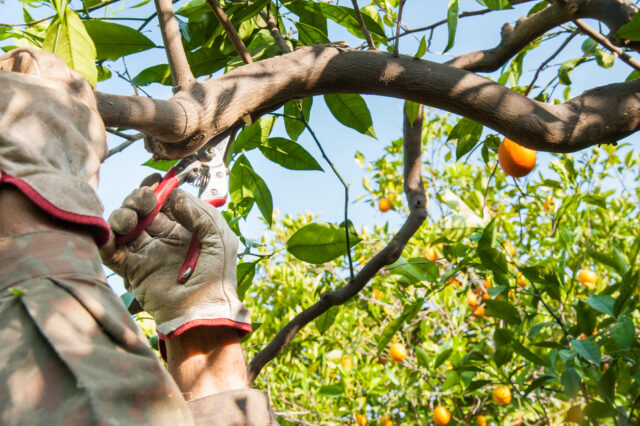Having a yard with citrus fruits is a wonderful thing that brings with it a lot of benefits. Not only can you enjoy delicious fruits, but trees like this significantly contribute to the aesthetics of your home. However, if you want your citrus trees to remain in the best possible condition, it is necessary to maintain them regularly, which means that pruning should become an integral part of the annual tree care routine. Below you can read more about pruning citrus trees and what is the best time of the year to do it.
Basic information about pruning trees
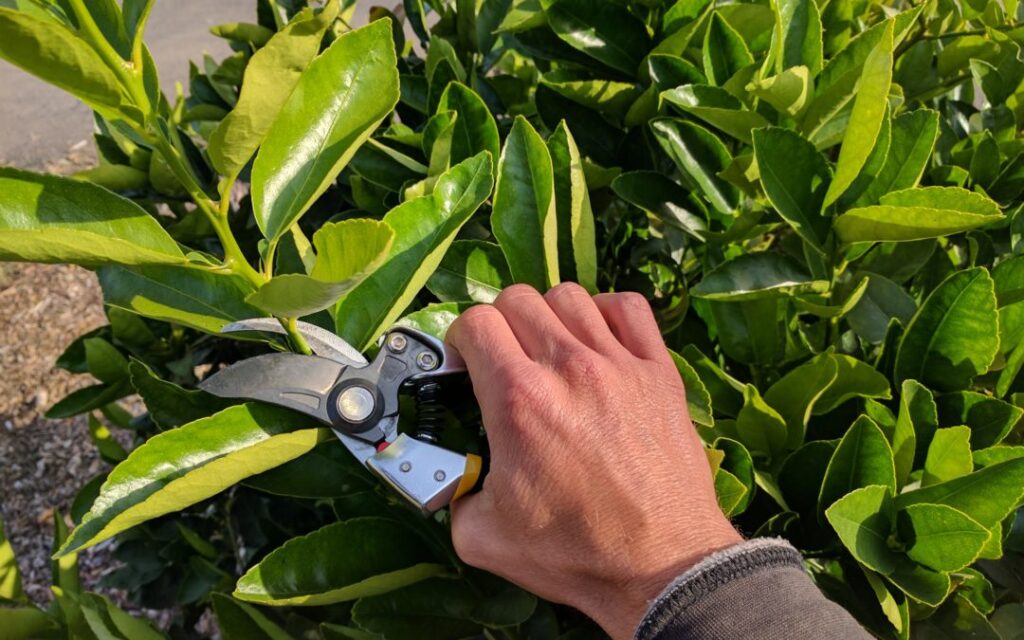
Regular maintenance of trees means that you prune them as often as the specific species requires. Pruning trees aims to improve the health and appearance of the plant. In this way, a better organization and density of branches is achieved, the possibility of branches bursting due to the presence of a large amount of fruit is minimized. And in general, the quality of the fruit is improved, because by pruning the trees, you reduce the chance of them developing various diseases.
What about pruning citrus trees?
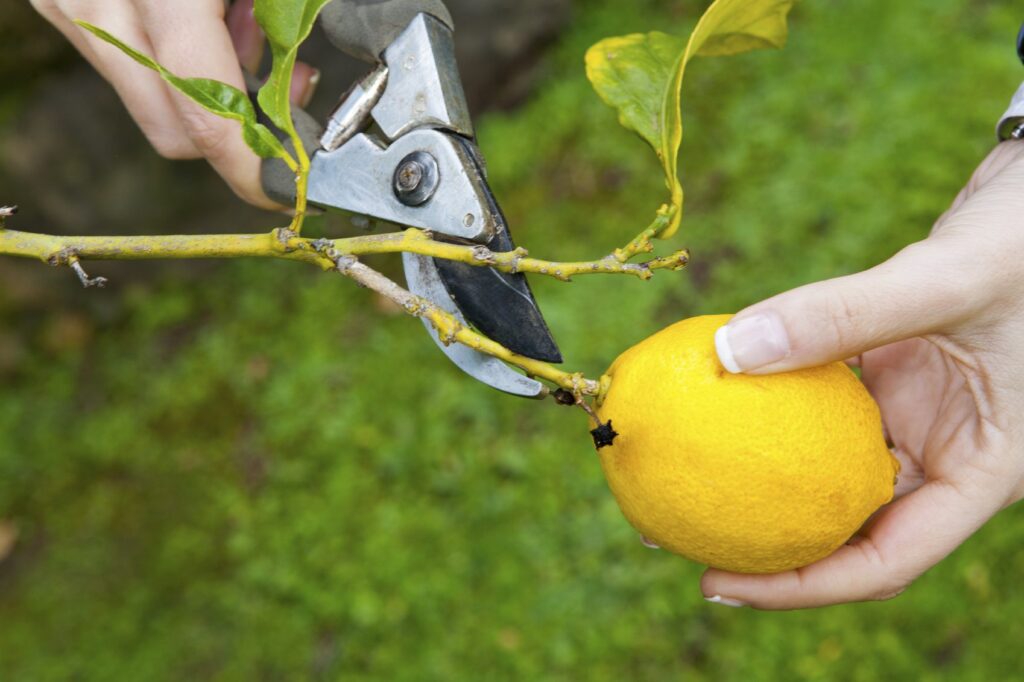
As we mentioned, each specific species comes with its own characteristics, which further determine the frequency and method of pruning the tree. The same goes for citrus trees, which are quite strong and resilient. This means that citrus branches do not break so easily, even when the weight of the fruit is high, which further leads to the conclusion that it is not necessary to prune them in order to reduce the amount of fruit. Also, unlike many other species, citrus fruits grow all over the surface of the tree. When this is not the case, pruning trees and clearing branches is vital, as it allows more light to reach the inside of the trees. As you can conclude, the citrus tree does not need this, because it manages to develop a large number of fruits regardless of the amount of sunlight that reaches the crown.
However, all this does not mean that pruning citrus is not necessary. On the contrary, like any other tree, this one also needs to be occasionally cut back a little, in order to remove diseased or dead parts, as well as to remove sprouts. And the fact that they don’t need a lot of light doesn’t mean you shouldn’t provide it with regular pruning. This can only improve the health of the plant and lead to more high-quality fruits.
What is the best time of the year to prune citrus trees?

The best time of year to prune citrus trees largely depends on the climatic conditions of the area in which you live. For most countries, the best time to implement this process is in the spring or fall. It is recommended to prune citrus trees once or twice a year.
Preferably after the autumn harvest process, so that the trees have enough time to recover until the next harvest. If you live in very warm areas you also have more freedom to determine in which month you want to prune your citrus, but we definitely recommend that you avoid this while it is very hot outside.
Keep in mind that young citrus trees should be pruned as often as necessary to achieve a green structural shape, but never in order to stimulate fruit development. Pruning for this purpose begins to be carried out only after the citrus tree grows and begins to grow fruit on its own.
What is the best way to prune a citrus tree?
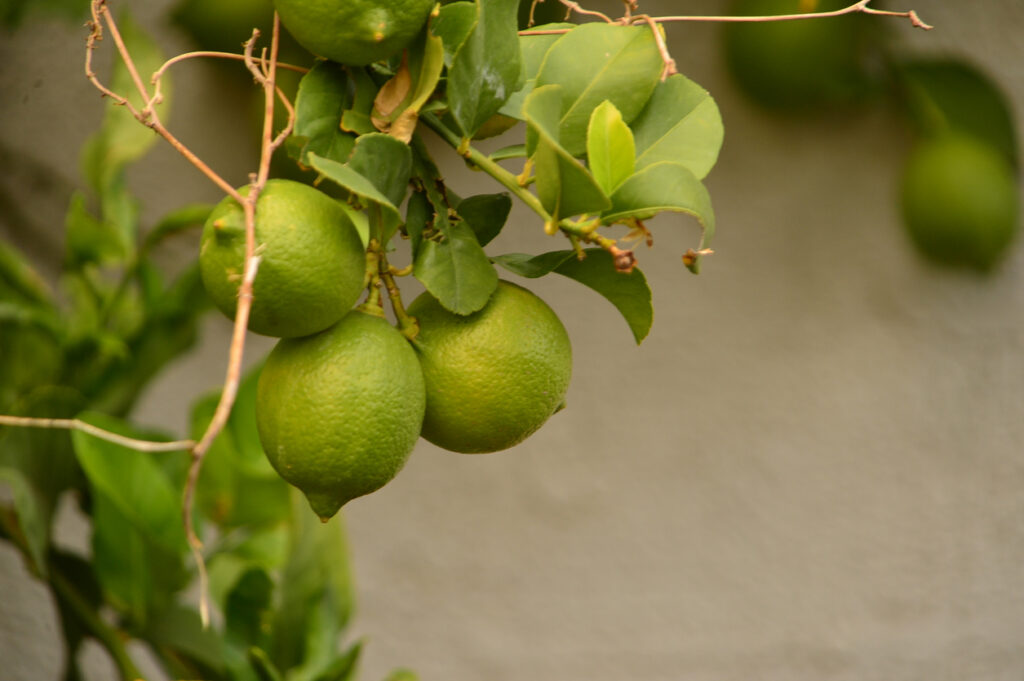
If you want to take action, we suggest that you first gather all the information on how to prune a citrus tree in the best possible way. If you do not carry out this task in the right way, you can damage your trees, instead of helping them achieve optimal health and growth.
First, you need to have the right tools that will help you prune citrus trees easily and efficiently. Depending on how old the trees are and how big they are, you will need a main pruning tool, which can be pruning shears or a small hand-held saw. Always use gloves and disinfect all the tools before starting with the pruning process. This step will prevent transfer of pathogenic microorganisms to your citrus trees that could cause tree illness. Also have some herbicide on hand to use after pruning, if needed.
Once you have gathered all the necessary pruning tools, you can start the process itself. Start by planning the pruning process so that you have a clear picture of what you want to achieve and how you will get there. Take the time to plan, as this will prevent you from making unnecessary mistakes that you could have eliminated in time.
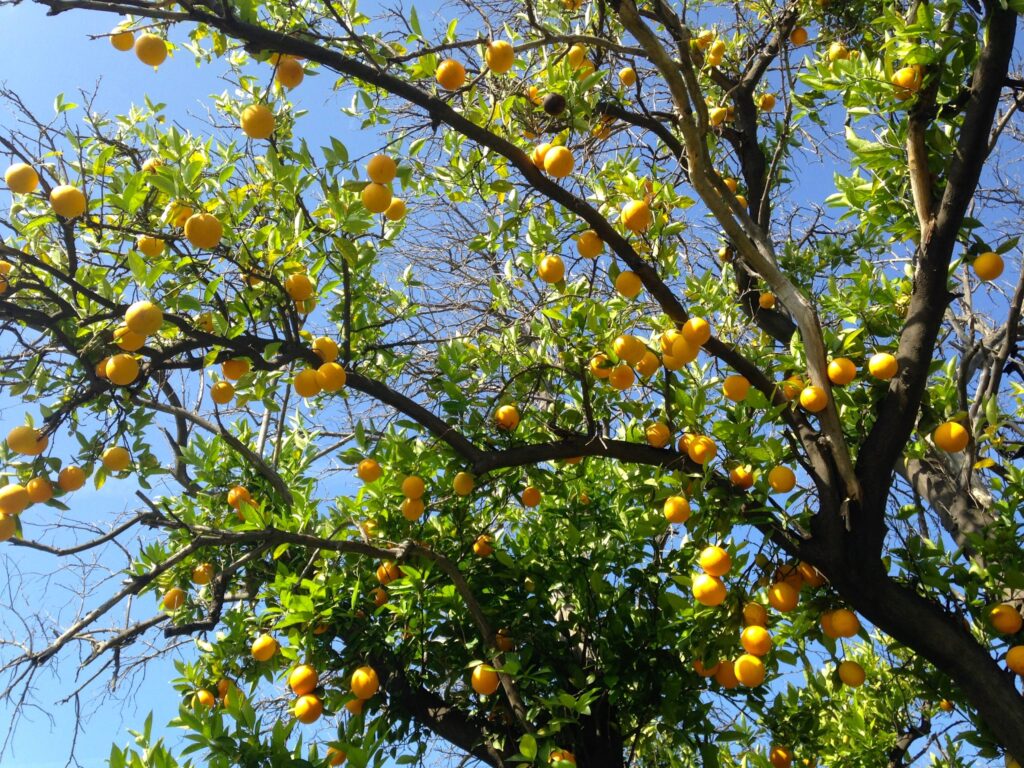
Start by removing all diseased and dead parts, as well as thin branches that interfere with the development of larger ones. Make sure to cut the branches at a 45-degree angle to ensure that you do not damage the tree. Then remove all sprouts to prevent them from depriving your citrus tree of nutrients and thus slowing down its growth. Continue with the skirting process, which means that the lower parts of the plant should be removed, especially those that are in direct contact with the soil (i.e. fertilizers and herbicides). It may sound illogical for you to remove underdeveloped fruit, but keep in mind that by sacrificing them you are helping the rest of the plant to be healthier and more fertile.
And of course, be careful and do not prune too many branches, as this will have a counter-effect and hinder the proper development of your citrus tree.
Conclusion: Having a citrus tree in your backyard brings with it many benefits. However, if you want to enjoy all these benefits it is essential that you maintain them properly. Pruning of citrus trees is best done in spring or autumn, once or twice a year. Make sure you use the right tools and carry out the process in the right way to ensure optimal growth and progress of your citrus trees.

